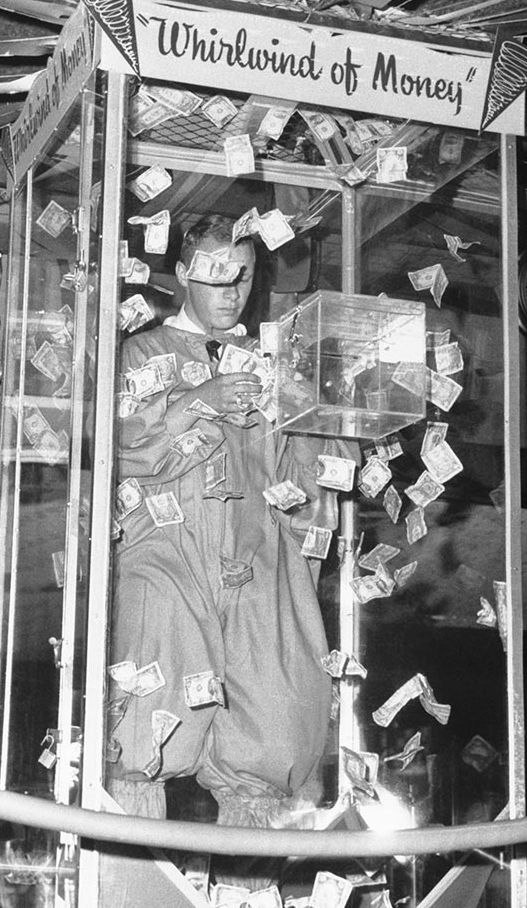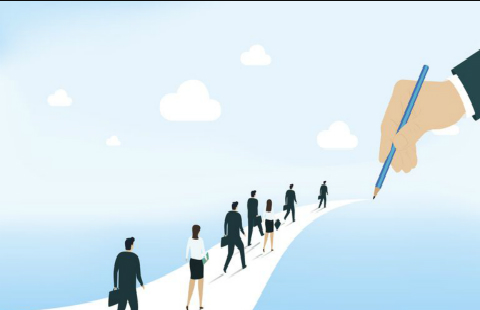2007年5月22日 从李光耀的空调标准谈起
|
查看英国《金融时报》的新报头,会令雄心勃勃的亚洲人颇为得意。在这个版画上,以及英国《金融时报》网站(FT.com)类似的蒙太奇宣传图片上,5座最高的建筑分别是上海、香港、科伦坡和台北等亚洲城市的标志性建筑。 It is gratifying for ambitious Asians to examine the FT's new masthead on the page opposite. The five tallest buildings in the engraving, and in the similar promotional montage on the FT.com website, are iconic landmarks in the Asian cities of Shanghai, Hong Kong, Kuala Lumpur and Taipei. Less gratifying is the fact that Asia's obsession with height is not matched by an interest in the energy efficiency of its awe-inspiring skyscrapers. Environmental issues - global warming, air pollution, wind power and hybrid cars - are almost as much discussed in Asia as they are in Europe or the Americas, but the related if unsexy subject of building standards merits hardly a murmur. Yet this is no small matter. Buildings typically account for a third of a nation's energy consumption. China, the most populous country on earth, is estimated to use two to three times more energy per square metre of its buildings than most advanced economies. This will come as no surprise to anyone who has donned a woolly jumper in a freezing air-conditioned restaurant in summer, or thrown open the windows on an icy winter's night in Beijing to avoid being baked alive by the communal heating in their apartment building. China and other Asian economies need urgently to catch up with global improvements in building efficiency and to tackle the two big problems with the way buildings are designed, constructed and used. The first problem is behaviour, or Asia's love affair with air-conditioning, as embodied in Lee Kuan Yew, former prime minister of Singapore and now the city's "minister mentor". Mr Lee once called the air-conditioner the most important invention of the second millennium because it had allowed the inhabitants of hot countries to match the achievements of civilisations in temperate zones. He himself insists on a temperature setting of 22oC by day and 19oC at night. For comparison, the Hong Kong government - not known for its green credentials - sets a summer temperature of 25.5oC for its offices to save energy on cooling, while super-efficient Japan goes up to a sweaty maximum of 28oC. Mr Lee's addiction to climate control is not peculiarly Asian. Americans are just as eager to live their lives at uniform levels of temperature and humidity. But the novelty of air-con in developing Asia has stoked a perverse desire to fight the natural climate. Offices, shops and cinemas in Asia's big buildings tend to be bitterly cold in mid-summer, and stiflingly hot in winter. Tropical Singapore has been dubbed the "air-conditioned nation". In Hong Kong, only civil servants are obliged to follow the government's guidelines and few private businesses do so. The second problem concerns the laws and regulations needed to influence people's behaviour and ensure that good buildings are constructed in the first place. Apart from Japan and South Korea, few Asian countries have done much to emulate the western adoption of "green" or "sustainable" buildings - a matter of profound significance for energy use given the large number of buildings under construction in Asia and the likelihood that they will stand for decades to come. In Hong Kong, a wealthy, densely populated city, the economy has long been dominated by property developers. They might be expected to want to cut costs to make more profit, but it is the unfortunate tenants, not the owners, who usually pay the electricity bills and thus bear the costs of inefficiency. The city has what Josie Close, of the University of Hong Kong's department of architecture, calls "pussycat building codes" that do not do enough to increase energy efficiency or enforce environmental standards. There is still hope. Every senior bureaucrat in Asia concerned with building codes should be obliged to inspect a modest-looking, 10-storey building in Little Collins Street in the Australian city of Melbourne. Called CH2 (for Council House Two), this new office building for the city government was built using almost every imaginale design feature and technology that could save energy, recycle water and improve the working environment. The keys to its success - this is almost certainly the greenest office building in the Asia-Pacific - are not the solar panels or the wind turbines on the roof but the "passive" systems that enable the building to use the natural climate rather than fight it. Massive concrete floors and ceilings, for example, absorb heat during summer days and are cooled at night as the building is flushed with colder fresh air. The aim, already close to being achieved, is to cut energy use by a remarkable 80 per cent compared with the old council building and to increase productivity. Perhaps some of these ideas will catch on in Asia after all. In Guangzhou, southern China, work has begun on a 71-storey building called the Pearl River Tower, designed by Skidmore, Owings & Merrill of the US and touted by SOM as "the most energy-efficient super-tall tower ever built". It is true that Melbourne's CH2 has taken time to overcome its teething problems - the lighting, for instance, turned out to be too dim - and it is possible that the Pearl River Tower's solar and wind generators will never fulfil the building's goal of zero net energy use. But these ambitious projects are helping to set standards that all of Asia's large buildings will eventually have to follow - for the sake of the planet, and for the sake of anyone who pays an electricity bill. |








